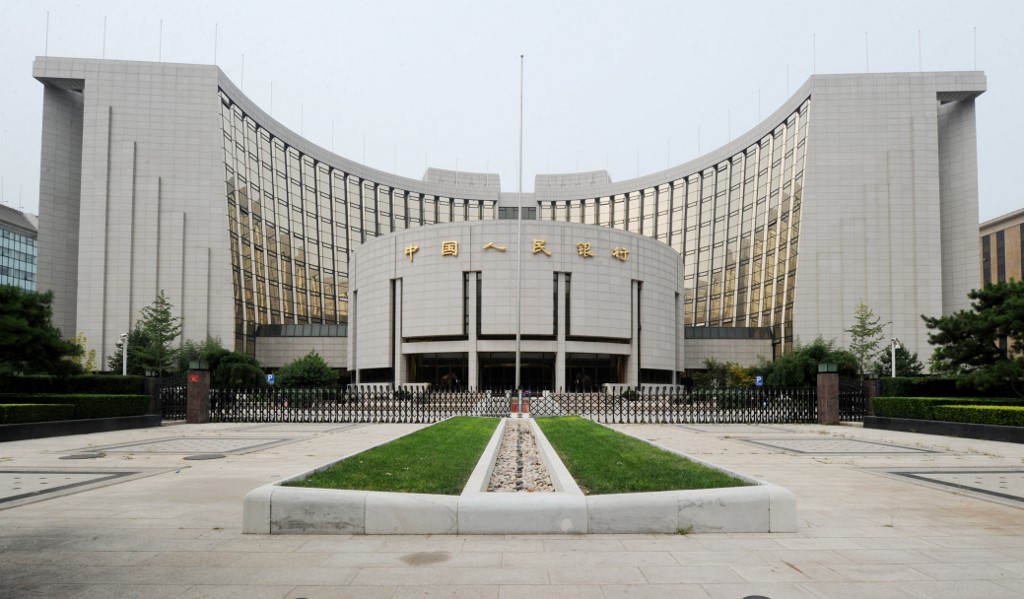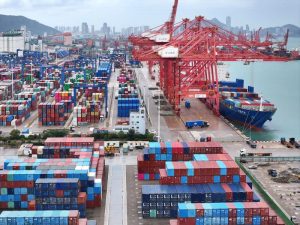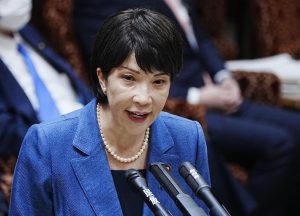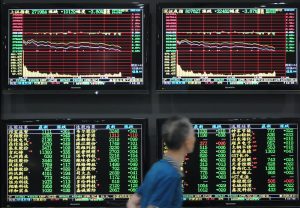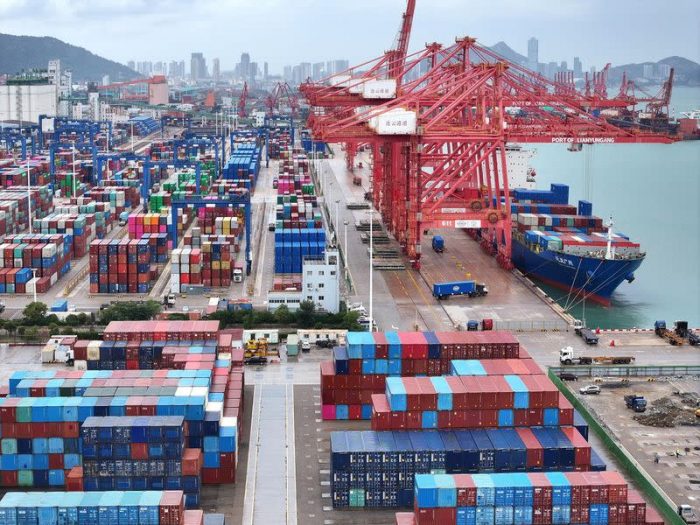(ATF) According to the official WeChat public account of the People’s Bank of China on July 3, the current balance of the Chinese bond market is 108 trillion yuan, ranking second in the world.
As of the end of June 2020, nearly 900 foreign legal entities from more than 60 countries and regions around the world had entered the interbank bond market. They hold yuan bonds totalling about 2.6 trillion yuan. The annual growth rate since 2017 has been nearly 40%. At present, foreign institutions hold 2.4% of China’s total bonds, while the scale of government bonds held by foreign entities is 9%.
So what key events happened during June after the mini-rollercoaster in May?
On June 3, the Ministry of Finance reported that 1,302.5 billion yuan of local government bonds were issued in May, a record high for the monthly issuance of local bonds, the Oriental Morning Post in Shanghai said.
On the same day the Agricultural Development Bank of China successfully issued a one-year financial bond supporting the development of the whole industrial chain of pork for a third time through public bidding. Also on June 3, Bohai Bank successfully obtained small and micro financial bonds of no more than 10 billion yuan. The raised funds were used specifically for small and micro enterprise loan issuance. Financial institutions were instructed by the government to issue 300 billion yuan of small and micro bonds. And, Tianjin got its first approved corporate bank.
On June 4, the National Development and Reform Commission agreed that China National Railway Group could issue 210 billion yuan of China Railway Construction Bonds. Some 70 billion yuan was raised for railway construction projects and 140 billion yuan for debt restructuring. The company is being restructured and pulled out other businesses like hotels and real estate.
On June 7, the General Administration of Customs released data showing that in the first five months of this year, the total value of China’s imports and exports of traded goods was 11.54 trillion yuan, a decrease of 4.9% from the same period last year. The decline was the same as the previous four months after the coronavirus spread.
Money supply
On June 10, financial statistics released by the People’s Bank of China showed that at the end of May, money supply (M2) increased by 11.1% year-on-year, and yuan loans increased by 1.48 trillion yuan in the month. This was a rise of 298 billion yuan year-on-year. Also on June 10, data released by the National Bureau of Statistics showed that the consumer price index rose in May by 2.4% year-on-year and decreased 0.8% month-on-month. Meanwhile, the producer price index (PPI) for industrial producers fell 3.7% year-on-year and decreased 0.4% month-on-month.
On June 11, the Asian Infrastructure Investment Bank issued the first Panda Bond of 3 billion yuan in the Chinese interbank bond market.
On June 18, the Ministry of Finance successfully issued the first batch of special anti-epidemic bonds through the Ministry of Finance’s issuance system.
On the same day, the China Development Bank successfully issued 24 billion yuan of policy-based financial bonds. So far, the China Development Bank’s market-oriented issuance of bonds has exceeded 20 trillion yuan. The National Development Bank is implementing a strategy of serving the country with efficient market-based financing and taking it to a new level. On the same day, CCDC and the China Development Bank signed a business cooperation memorandum, marking a long-term and in-depth cooperation between the two sides to work together to promote bond market innovation and efficiently serve the national strategy.
On June 24, ChinaBond Financial Valuation Center released the ChinaBond PSBC Wealth Management Beijing-Tianjin-Hebei Region Bond Select Index. Public issuers are located in Beijing, Tianjin and Hebei provinces and the revised duration of the listing and circulation is within four years, while the bonds are rated AA+ and above. The index can be used as a benchmark and target index for investment in such bonds.
Also on June 24, ChinaBond Financial Valuation Center and Banking Wealth Registration and Custody Center jointly launched a trial of the ChinaBond Wealth Management Direct Financing Vehicle Index. The Banking Wealth Registration and Custody Center is made up of direct financing tools.
On June 28, ChinaBond Financial Valuation Center released the ChinaBond-Sichuan Provincial Local Government Bond Index and other six indexes, which are designed to characterise the local government bond market in Sichuan, Hunan, and Yunnan provinces. The waiting period subdivides the trend of local government bond issuance and provides corresponding benchmarks and investment targets for local government bond investors.
On June 29, the “China Green Bond Market 2019 Research Report” jointly released by CCDC and the Climate Bonds Initiative showed that in 2019, China issued 386.2 billion yuan in green bonds. The total was the most in the world.
On June 30, China Bond Financial Valuation Center and China Insurance Assets Registration and Trading System jointly released a valuation of the equity investment plan of China Bond-China Insurance Regulatory Asset Management Products, marking the valuation technology now in place. The level provides a complete solution for the net worth transformation of insurance asset management products and provides solid valuation technical support for the “Guidelines on the Valuation of Insurance Asset Management Products (Trial)” implemented from July 1, 2020.
On June 30, CCB successfully completed an issuance of US dollar tier-2 capital bonds – a final issuance of US$2 billion, a maturity of 5+5 years, a coupon rate of 2.45%, and a spread of 215 over the US Treasury bonds of the same period. The basis point is to create the lowest global issue price of capital instruments of the same period.
And finally, on June 30, the operation of China’s Purchasing Managers Index (PMI) in June released by the National Bureau of Statistics showed that the manufacturing PMI, non-manufacturing business activity index and composite PMI output index were 50.9%, 54.4% and 54.2%, respectively – all higher than last month.




